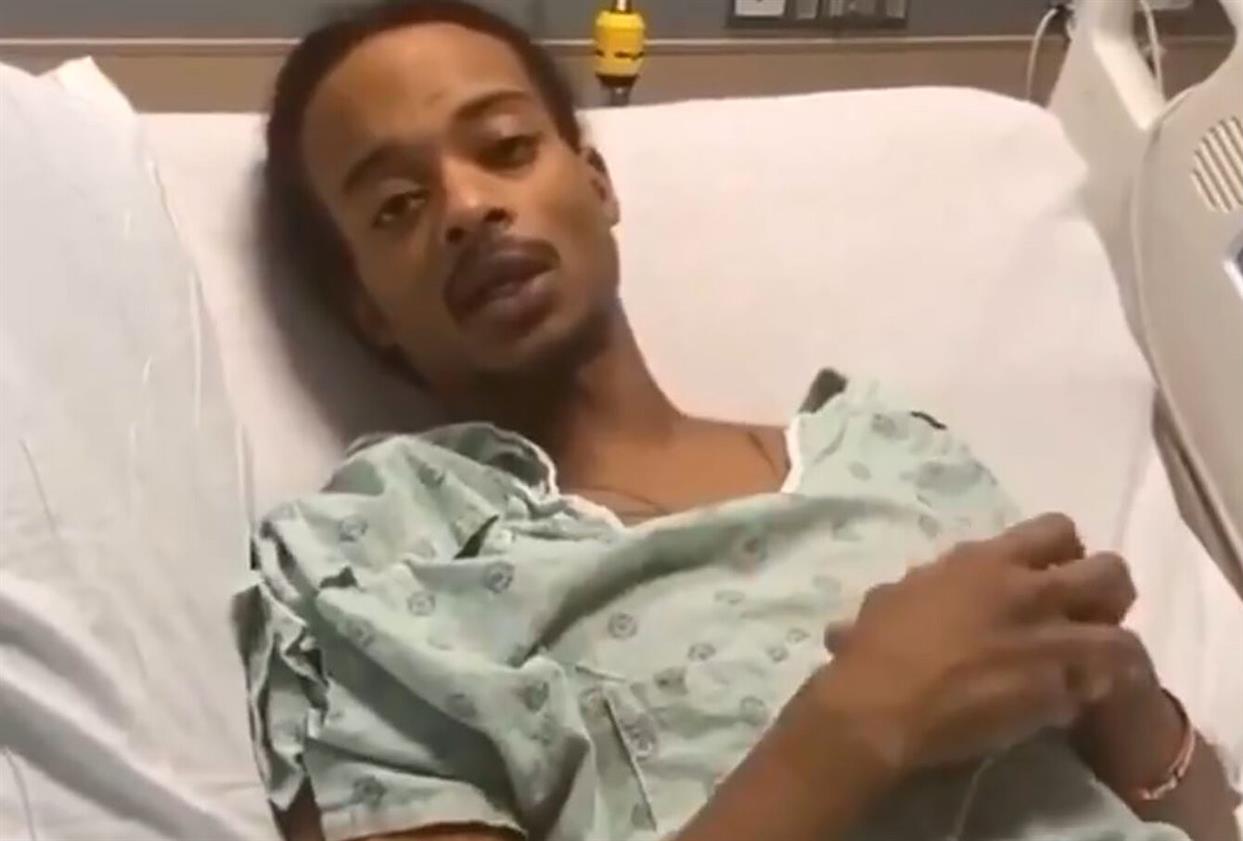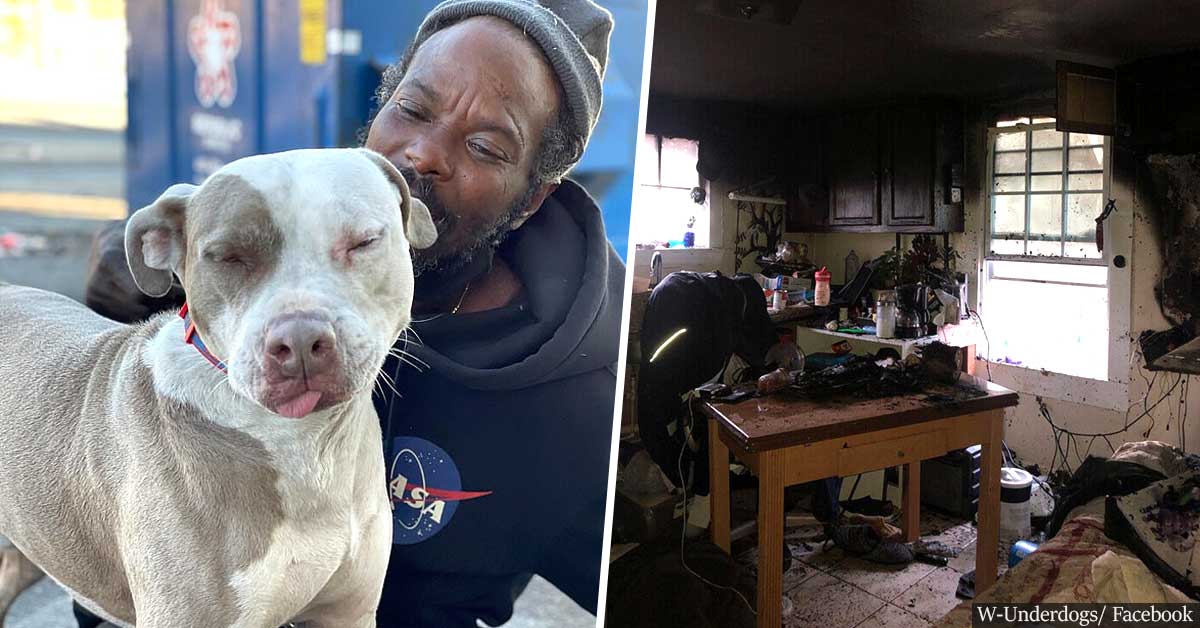A Black man who was paralyzed after he was shot in the back by a white police officer in Wisconsin, has filed a civil lawsuit accusing the officer of excessive force.
Jacob Blake Jr. was shot by Kenosha Officer Rusten Sheskey in August 2020, while Blake was about to get into an SUV during a domestic dispute.
The shooting of Blake, captured on video sparked another protest over police brutality and racism. It happened three months after George Floyd, another black man died while being restrained by police officers in Minneapolis.
Sheskey and two other Kenosha officers were trying to arrest Blake on an outstanding warrant when a pocketknife fell from his pants during a scuffle. Blake said he picked it up before heading to a vehicle to drive away with two of his children in the back seat.
As he opened the driver’s side door and leaned forward, Officer Sheskey held onto his shirt and fired 7 shots into his back.
Sheskey told investigators that he feared for his own safety so he opened fire.
The shooting left Jacob paralyzed from the waist down and his family said he will need a miracle to walk again.
Each of the seven times Kenosha Police officer Rusten Sheskey squeezed the trigger to shoot Jacob Blake was a single act of excessive force, a new civil right lawsuit filed on Blake’s behalf claims.
Blake’s attorneys, which included renowned civil rights attorney Benjamin Crump, filed the suit in U.S. District Court in Eastern Wisconsin late Thursday, seeking a jury trial in the controversial shooting.
“In 2021, accountability should be the expectation, not the exception,” one of Blake’s Milwaukee attorney’s B’Ivory LaMarr said Thursday evening in an interview.
In the filing, attorney Patrick Salvi disputed the assertion by Kenosha County District Attorney Michael Graveley, who claimed in a January news conference, Sheskey told investigators Blake tried to stab Sheskey as Blake was reaching into a vehicle.
“The knife is now in his right hand, and goes under his left and makes this kind of movement,” Graveley motioned during a demonstration in an extensive presentation announcing his decision to not charge Sheskey criminally, “He switches his torso back toward officer Sheskey. Both officers say that occurred.”
The lawsuit, however, said Blake posed no threat and dropped the knife onto the SUV’s floor before Sheskey opened fire. Despite Graveley saying two officers claimed to investigators Blake made a stabbing motion, Sheskey was the only officer who opened fire.
“The action of Plaintiff Blake throwing the folding knife onto the floorboard of the SUV was fully visible to Defendant Sheskey,” Salvi wrote in the lawsuit.
“I can’t point to a specific part of that video where Jacob is turning toward the officer, extending the knife toward the officer or any other type of stabbing whatsoever. That is just asinine to think that anything could be imputed from that video that would follow that logic,” LaMarr added.
The 18-page complaint includes photos showing each of the seven shots fired by Sheskey. The officer held the muzzle only a few feet away from where Blake’s two young children were seated, putting them in “imminent danger” from being hit by gunfire or ricocheting bullets, according to the complaint.
Blake’s federal complaint against Sheskey, the only defendant, is seeking unspecified damages.




